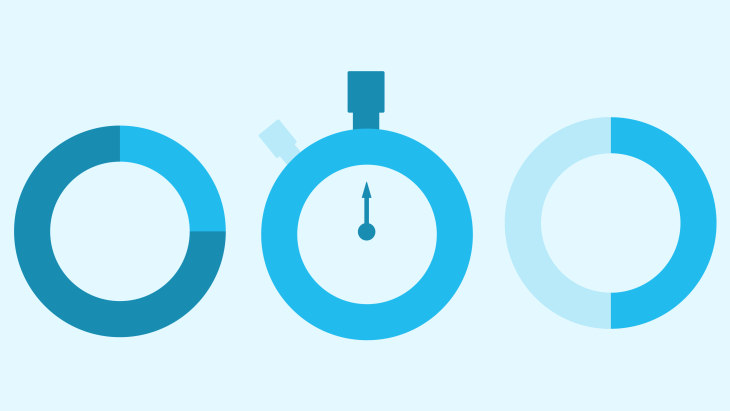Why monitoring billable time is so important

Why we strongly think your agency should monitor billable time
Often referred to as Utilisation, the Brightec team actively monitor their Billable Percentage and Total Billable Hours on a team, and individual, basis. We also refer to them in quarterly updates and in 360 appraisals, as well as reviewing with individuals where required. In this blog, I explain the rationale behind all of this.
History
Like many areas in agency life, billable time and percentage only came onto our radar in a moment of crisis. A number of years ago we realised that we were working really hard, but not making any profit. We couldn’t work out how this was possible.
After some digging, we started to understand that the amount of time we were charging to client projects versus the time we were spending on other activities (meetings, new business etc) was out of kilter. In addition, we were over-servicing our clients by billing them too little compared to the effort we were putting into their projects. We had to address this in order to not just survive but to make the company profitable. As a result, we started to monitor two key metrics on a weekly basis:
- Billable Percentage
- Total Billable Hours
Why both?
We have found that it is important to monitor both the Total Billable Hours and the Billable Percentage:
Total Billable Hours is the most obvious metric; it has a direct impact on turnover as this is what is billed to the client. Monitoring by itself though wouldn’t give the full picture as it doesn’t account for holidays or other leave. For example in August and December, we would expect to see a dip in Total Billable Hours (due to annual leave), so it would be really difficult on these months to understand if the team was on target as the number of hours would be subject to these other factors.
Billable Percentage allows us to monitor performance independent of annual leave (as we don’t track holiday hours). Keeping August and December as our example, we would expect the billable percentage of an individual and the team to remain consistent unless affected by other factors. Percentage though is harder to translate for an individual as they might choose to do additional work outside of their normal hours, which would skew the percentage.
Given these factors, we have chosen to monitor both these figures and set targets for them differently.
Targets
We are not hugely target driven as an agency. Billable time is the only area we have chosen to set targets for individuals, and for the team as a whole. These targets are not always met, but having them sets a mutually agreed expectation between the staff member and the management team. They allow a conversation to be had around non-billable activities and how much time they should take. These activities include blog-post writing, personal development, event attendance etc.
For individuals, we set a Weekly Billable Hours Target. This is for a typical week with no events or additional R&D activities. These are based on the roles but are person-specific. For developers, these tend to be 28 or 30 hours per week (80% - 85% Billable Percentage).
For the team, we monitor the Billable Percentage and are currently working towards a monthly target of 68%.
Tools
It is important that the process of monitoring billable time is as easy as possible for the individual. We want our staff to feel empowered and productive, so do our best to remove any unnecessary hurdles. We do however need to monitor time at an individual level not only for the sake of billable time but also for the purpose of billing to the client and for checking estimates v actual (task and project level). We have found that the SaaS product and associated Mac app Harvest has been perfect for all of this. We can easily report at task, project, client, staff member and team levels, without an onerous process for the individual.
Staff Buy-In
Profit can feel like a dirty word when talking with your team, we’ve taken care to educate our team that without profit, we just can’t have the fun which makes up part of our company values. Profit for us enables R&D, events charitable giving, team days out/socials, salary increase and our quarterly bonus that is directly linked to profit.
A few years ago we went through a period of time that was exceeding difficult. In order to survive, we needed the whole team on board and to take ownership of the problem. The reality for many of them was that the main area they could influence was their personal billable time. The more they could bill, the better the company would perform. This still holds true today, if we’re having a tricky month or quarter, we’ll be open with the team and ask them to consider their time and what they can do to increase the billable element (normally without doing any more hours than their contracted 35 hours per week).
We’ve found that being open with the conversation and transparent with the results has meant that we have a more engaged and understanding team. This is why we think that monitoring billable time is so important.
Looking for something else?
Search over 450 blog posts from our team
Want to hear more?
Subscribe to our monthly digest of blogs to stay in the loop and come with us on our journey to make things better!

